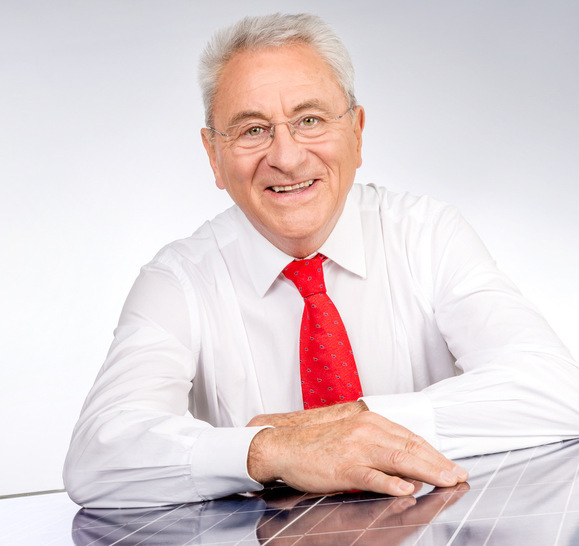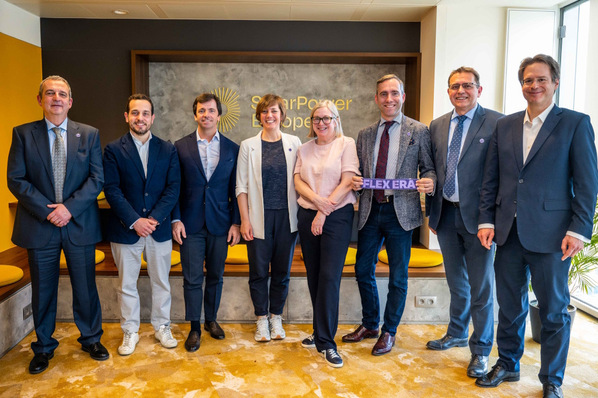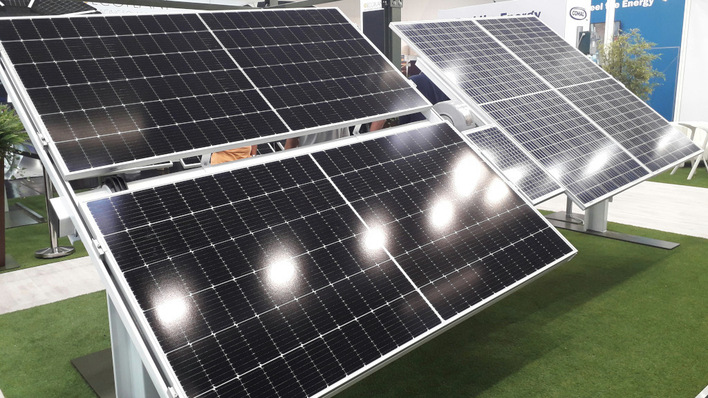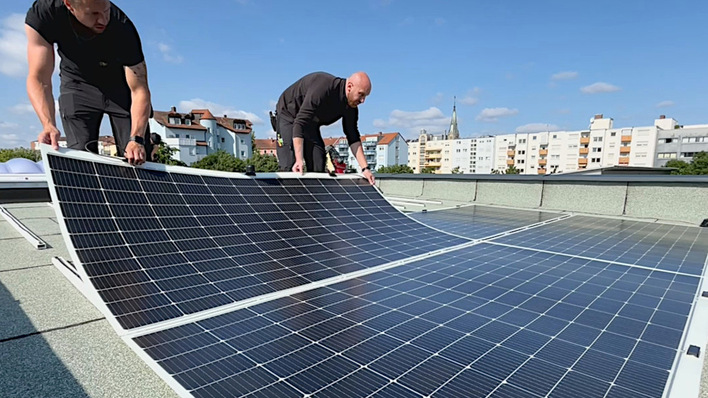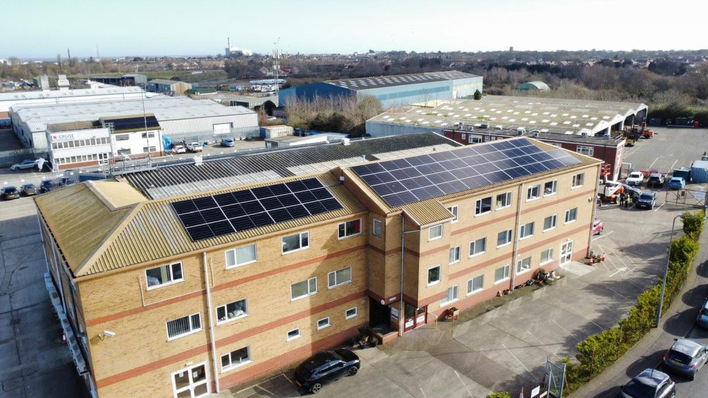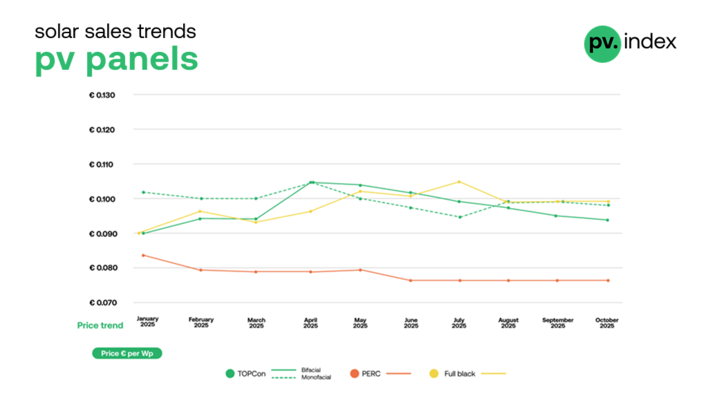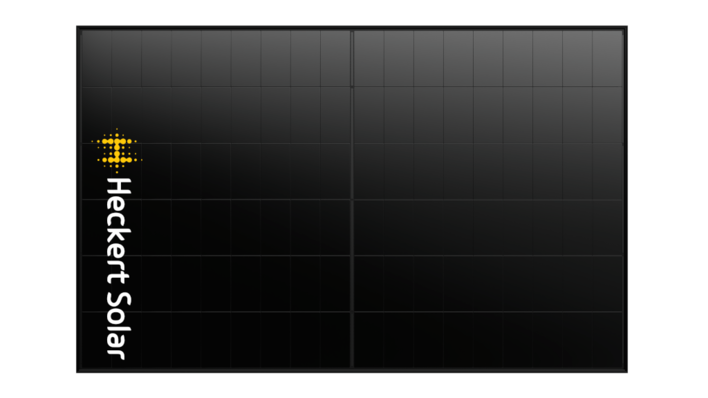Mr Möhrstedt, 40 years ago you founded IBC Solar in Bad Staffelstein. What reasons prompted you to enter this new industry back then?
I was born in 1940. From the age of 27 until the end of 1979, I worked for the battery company Varta in Hanover. There I experienced the oil crisis in 1973. That was the time when the first report by Dennis Meadows and the Clube of Rome appeared: "The Limits to Growth". Everyone is talking about it again, because it was published five decades ago. Herbert Gruhl's "A planet is being plundered" was also published at that time. I was very impressed by it. That was the reason for me to take action myself.
What did you do at Varta at that time?
I was responsible for development cooperation with the European automotive industry. I was also involved in the electrification of mobile devices such as lawnmowers, e-mopeds and golf cars. Through my marriage, I came to Moll Batterien in Bad Staffelstein, to my father-in-law's company. There I wanted to start something new.
See also: Varta opens new lithium-ion cell factory at the Nördlingen site
In 1982 there were actually no solar modules yet, certainly no solar industry and certainly only a few solar customers. How did that start?
I had already used the first solar module at Varta, a 36-watt module from Siemens. At that time, there were already pilot lines from Siemens and AEG for the production of solar modules that were promoted by the Ministry of Economics. However, the modules produced at that time were only used for subsidised pilot projects. They were not offered on the market. Through a contact at Wacker, I got a tip that Kyocera had set up a production facility for polycrystalline solar modules in Japan. I went to see it in Kyoto in 1983. That's how International Battery Consulting (IBC) became IBC Solar. Because you could buy these modules with 36 cells, the Japanese supplied them.
They had the batteries, they had solar modules. What was still missing?
The charge controllers for the lead batteries. There were controllers from America, but they were junk. So I had a regulator developed here in Bad Staffelstein by an electrical engineer from the neighbourhood. We sold a total of around 3,500 charge controllers. It was expandable up to two kilowatts, which was a big advantage. Later, the Steca company came along with its own charge controllers; the devices were cheaper and were therefore bought.
How did IBC get started?
As a one-man operation. It took a while for us to grow and hire people.
What milestones do you remember most fondly?
The first milestone was the first PV symposium in Bad Staffelstein, which I organised with the East Bavarian Technology Transfer Centre (Otti) from Regensburg and with the participation of Professor Götzberger from Fraunhofer ISE at Kloster Banz here in Bad Staffelstein. That was in April 1986, I remember it well. Because a few days later the accident in Chernobyl happened. There were 72 of us at the symposium, 30 of whom were speakers. We talked, for example, about solar cells on car roofs to air-condition the interior. That's why representatives of the automobile industry were also there. In 1986, I also hired my first employee, who, by the way, still works with us today. In 1990 we were already 15 people and had a turnover of 6.8 million German marks (about 6.2 million euros in today’s prices).
And what was the next highlight?
Until 1990 we had only built off-grid plants, until then it was not allowed to feed into the grid. It was not until the Feed-in Act was passed in the Bundestag that it was possible to feed solar power into the grid. This was followed by the 1,000 Roofs Programme, which was expanded to a total of 2,250 roofs through reunification. (mfo)
This interview was conducted and abridged by Heiko Schwarzburger.


